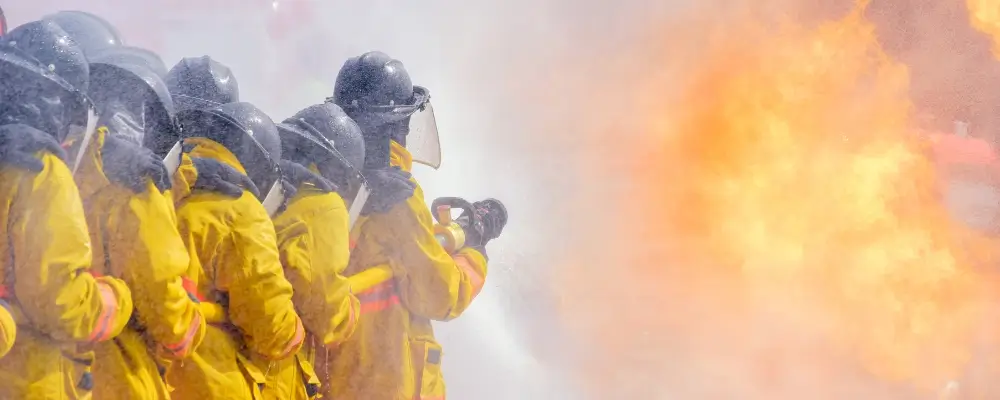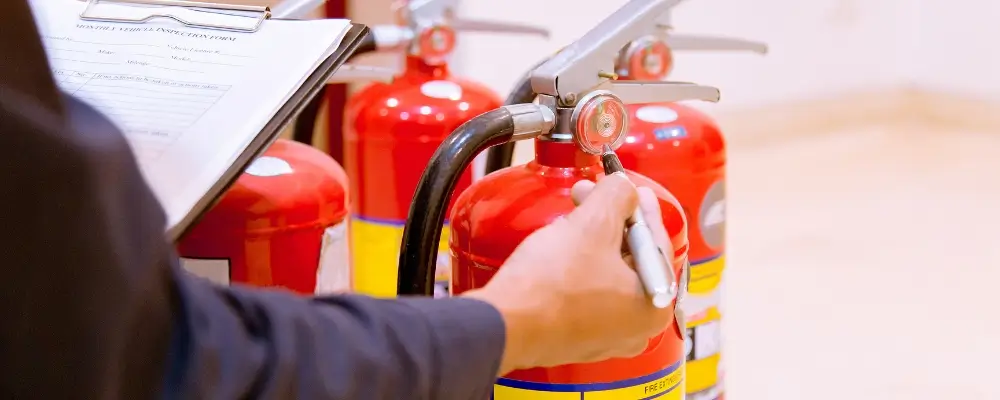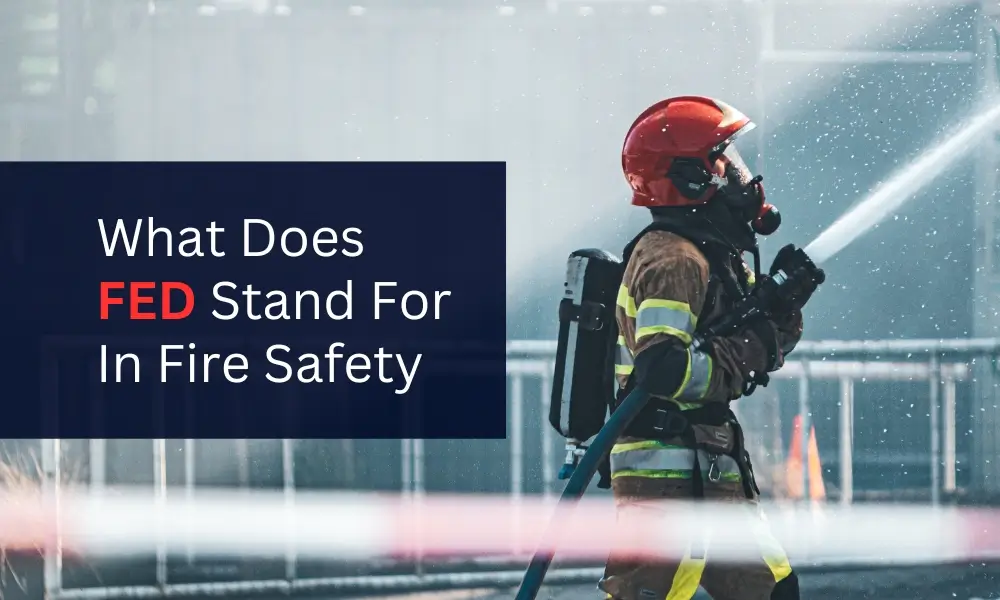Navigating the multifaceted domain of fire safety, the acronym “FED” emerges as a cornerstone, embodying a plethora of critical concepts that span fire detection, suppression, and emergency preparedness.
This blog delves into the expansive interpretations of FED, from comprehensive fire protection systems to hands-on fire extinguisher demonstrations, ensuring a holistic understanding of fire safety measures. By exploring the various dimensions of FED, we aim to enhance fluency in discussing fire safety principles, equipping readers with the knowledge to effectively address fire-related challenges and promote safer environments.
What Does FED Stand For In Fire Safety
The term “FED” encompasses various aspects within the realm of fire safety, illustrating its importance across multiple domains of fire preparedness, response, and prevention. This article delves into the multifaceted meanings of the acronym FED, which is integral for a comprehensive understanding of fire safety principles.

1. FED: Fire, Exit, Device
The acronym FED, when broken down into Fire, Exit, and Device, encapsulates an all-encompassing approach to fire safety:
- Fire encompasses the detection and suppression mechanisms such as smoke alarms, heat detectors, sprinklers, manual fire alarm pull stations, extinguishers, and hose stations. These components are essential for early fire detection and initial firefighting efforts.
- Exit refers to the infrastructure facilitating safe egress, including doors, stairwells, corridors, emergency exit signs, pathway lighting, and exit discharge pathways. These features ensure an organized evacuation process from buildings.
- Device pertains to specialized fire containment tools, including fire doors, dampers, compartment barriers, fire walls, and automatic door closers. They help divide buildings into fire-resistive compartments for enhanced safety.
This comprehensive FED system integrates detection, suppression, containment, and evacuation methods for robust fire protection.

2. FED: Fire Extinguisher Device
In another context, FED stands for Fire Extinguisher Device, referring to the portable extinguishers crucial for immediate fire response. Essential attributes of fire extinguisher devices include:
- Classification by the type of fire they can extinguish (Classes A, B, C, D, K).
- A safety pin to prevent accidental discharge.
- Pressurization with an extinguishing agent (water, foam, CO2, dry chemical).
- A nozzle, hose, or puncturing mechanism for agent dispersion.
- Availability in various sizes based on the volume of suppressant they contain.
- The necessity for regular inspection, maintenance, and post-use replacement.
Understanding the operation of different FED models is key to effectively suppressing fires in their incipient stages.

3. FED: Fire Extinguisher Demonstration
Expanding further, FED can also signify Fire Extinguisher Demonstration. These practical demonstrations enhance proficiency and confidence in using extinguishers through:
- Detailed reviews of extinguisher components.
- Instruction on the PASS technique for extinguisher use: Pull the pin, Aim low at the fire’s base, Squeeze the handle, and Sweep side to side.
- Opportunities for participants to practice extinguisher deployment on controlled fires.
- Training on safe fire approach techniques and retreat methods post-extinguishment.
- Utilization of realistic fire simulation props.
- Guidance on effective grip, stance, and agent application methods.
- Emphasis on using extinguishers solely for small, nascent fires.
Such immersive training solidifies the skills and knowledge needed for safe fire suppression in early stages.

4. FED: Fire Evacuation Drills
FED is also an acronym for Fire Evacuation Drills, which are critical for training building occupants on orderly emergency exits towards an exterior assembly point. Despite varied usage of the term among fire safety trainers, its core components include:
- Initiation of drills through fire alarm signals.
- Calm tracing of primary evacuation routes by occupants.
- Sweeper checks to ensure complete area clearance.
- Post-evacuation assembly and occupant accounting by fire wardens.
- Evaluation of evacuation efficiency, procedural adherence, and training needs.
Regularly conducted drills ensure a well-practiced response in actual fire situations, significantly reducing evacuation time.

5. FED: Flat Entrance/Exit Door
Lastly, FED can refer to Flat Entrance Door, highlighting the importance of fire-rated door assemblies in fire safety. Key characteristics include:
- Fire rating labels indicating duration of fire resistance.
- Self-closing or automatic closing features.
- Clearly marked “EXIT” signage and outward opening mechanisms for emergency egress.
- Electrical interfacing to unlock doors upon alarm activation.
Proper selection, installation, and maintenance of FED doors are crucial for ensuring safe egress paths and preventing fire spread.
Conclusion
The term FED in fire safety represents a spectrum of concepts crucial for effective fire preparedness, response, and prevention. Familiarity with the diverse interpretations of FED within fire safety facilitates clearer communication regarding fire response tools, containment strategies, and emergency procedures. Collectively, these components form a multi-layered approach to fire safety, underscoring the significance of the FED acronym in fostering a well-rounded understanding of fire protection measures.

